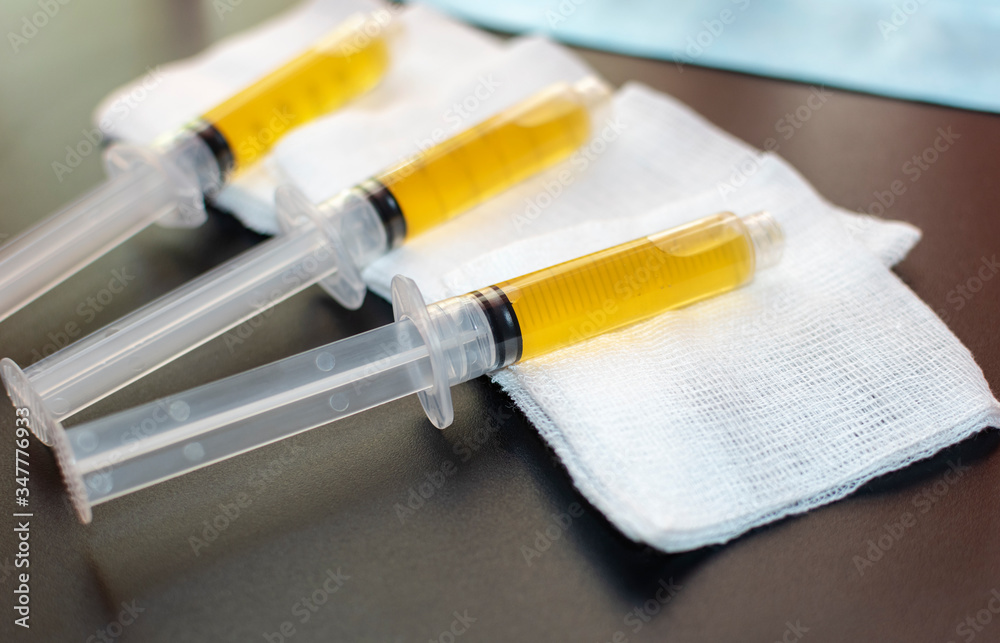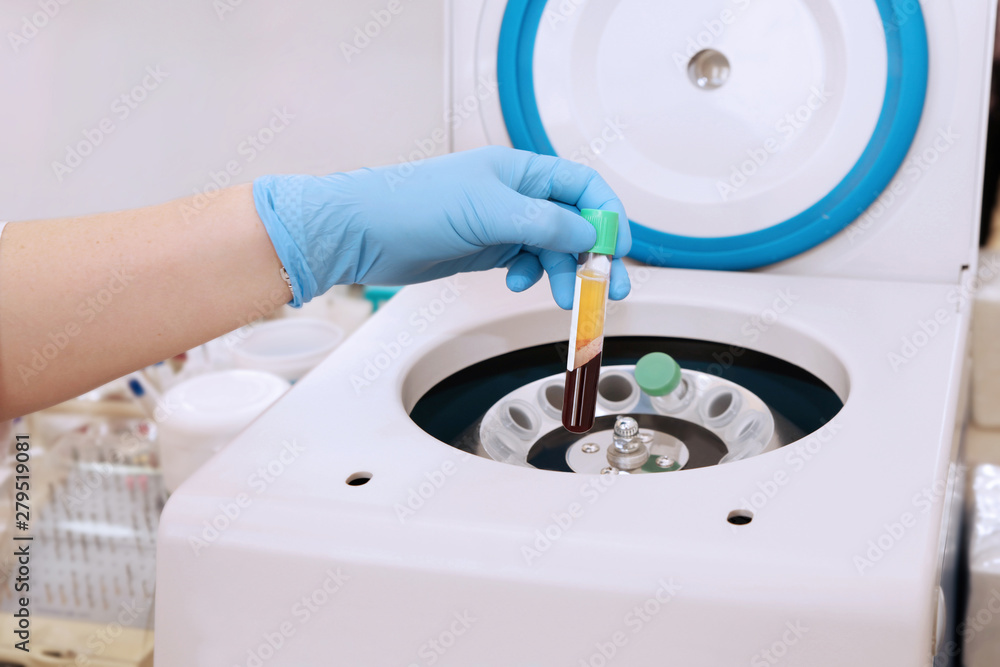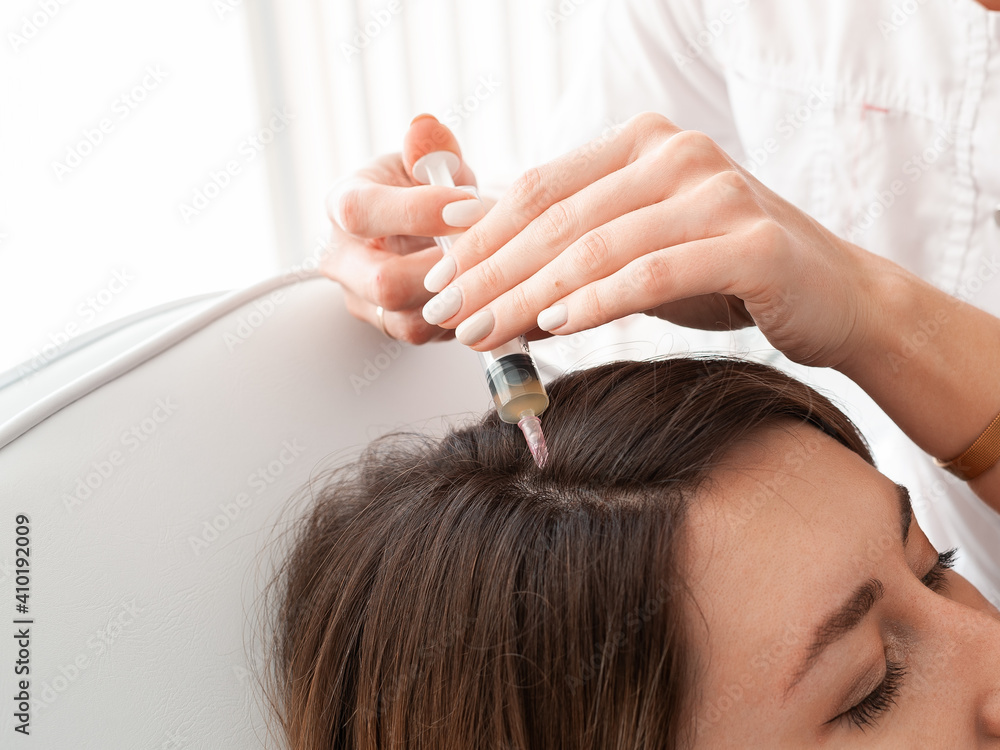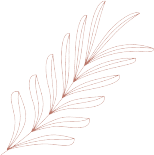
Millions of people suffer from hair loss – it can be frustrating, regardless of the cause, whether it’s genetic, hormonal, or stress-related. Nonetheless, what if your body held the medicine to restore your scalp? That is where PRP, or platelet-rich plasma, comes into play. PRP is a treatment that can be used for various injuries, as well as for hair restoration.
How Does PRP Work?
PRP therapy begins with a simple blood draw, similar to a yearly checkup. The sample is then placed into a centrifuge: a medical device that spins blood at high speed to separate its components. This isolates the platelet-rich plasma: a golden layer of plasmathat’s abundant in growth factors, which aid in healing and tissue repair.
When PRP is injected into the scalp, these growth factors go directly into the hair follicles, helping to stimulate dormant or weak follicles to re-enter their growth phase, improve circulation and nutrients to the scalp, and support the growth and development of thicker hair over time.
While PRP can’t replace hair follicles, it can restore and maintain the ones you already have.
What Are Growth Factors?

PRP comes down to its biology; the plasma contains a rich variety of growth factors that benefit your hair, including:
● Platelet-Derived Growth Factor (PDGF): improves cell growth and blood vessel formation
● Epidermal Growth Factor (EGF): encourages scalp and follicle healing
● Insulin-Like Growth Factor (IGF-1): helps extend the natural growth cycle of hair
● Vascular Endothelial Growth Factor (VEGF): increases blood supply to follicles
In combination, along with some others, these growth factors create an environment that supports your follicle function and overall scalp health.
What To Expect During Your Treatment

Once your blood is processed, the plasma is injected into targeted areas on the scalp using a fine needle, which is more of an odd feeling than painful. Most patients describe it as a tingling sensation with mild pressure. As your own plasma is being used, the risk of an allergic reaction is extremely low. Following your PRP session, it is not uncommon to experience some swelling and redness, but this usually subsides within 24-48 hours; if it is prolonged, please contact your provider!
After treatment, it is imperative to follow your doctor’s specific aftercare instructions. You may be advised to avoid washing your hair for 1-2 days, limit heavy exercise, and omit chemical treatments for the time being.
The Long-Term Results
For the best results, PRP is recommended as a series of treatments placed 4-6 weeks apart, with maintenance sessions once or twice per year. Since no one’s hair grows overnight, the results of PRP scalp treatment build gradually over time. Many patients have seen improved texture and less shedding within a few months, with increased thickness and density typically appearing after 3-6 months of the session.
What Makes PRP Special
Instead of using topical products or pharmaceutical medication, PRP stands out as a natural approach that works at the cellular level. As more research comes out supporting its safety and effectiveness, PRP continues to attain prominence for not only treating sports injuries but also for enhancing scalp health and vitality. It is a minimally invasive and chemical-free option for those looking to improve their hair health from within.
The Big Takeaway
PRP therapy is a spectacular way to use your blood as medicine. Whether you’re noticing thinning or simply want to strengthen your hair, it provides a way to do so without the harshness of chemicals or invasive procedures. PRP treatments weave together science and aesthetics, offering a holistic, evidence-based approach to hair restoration.





You must be logged in to post a comment.